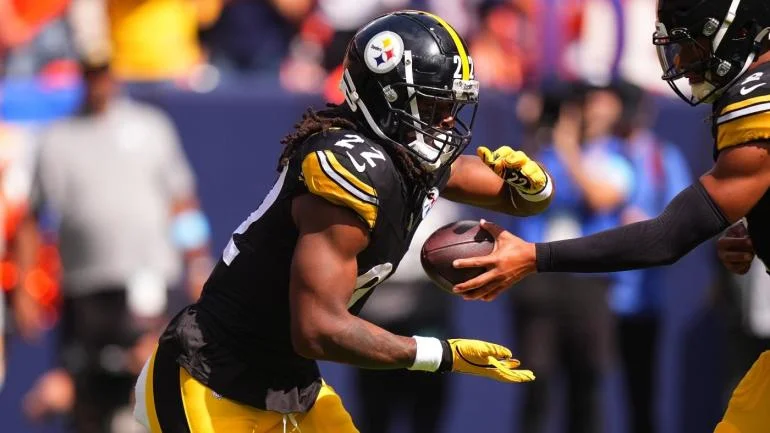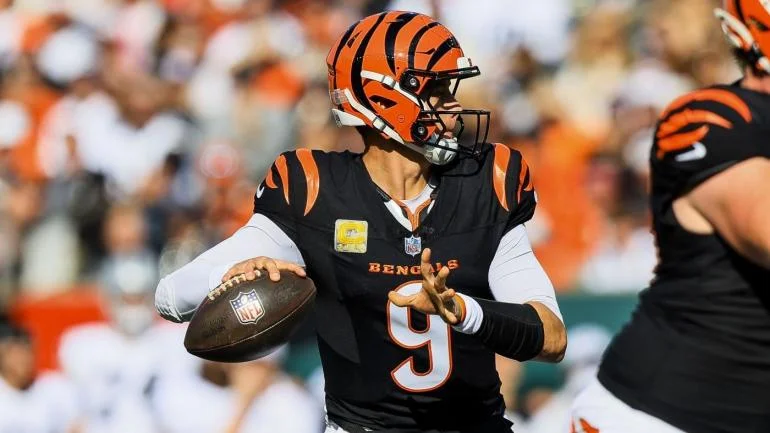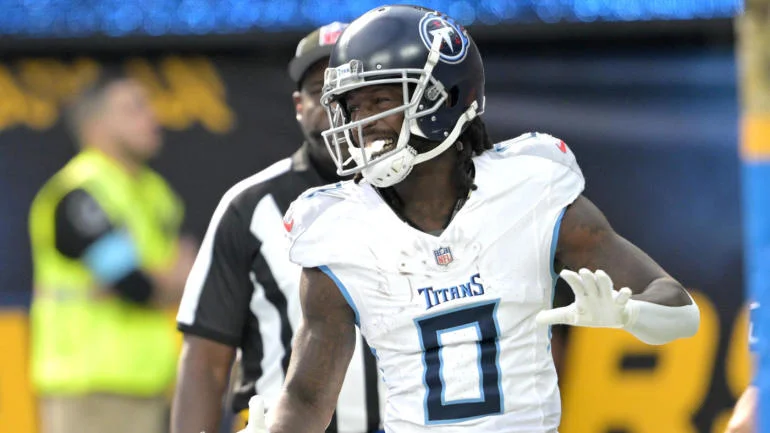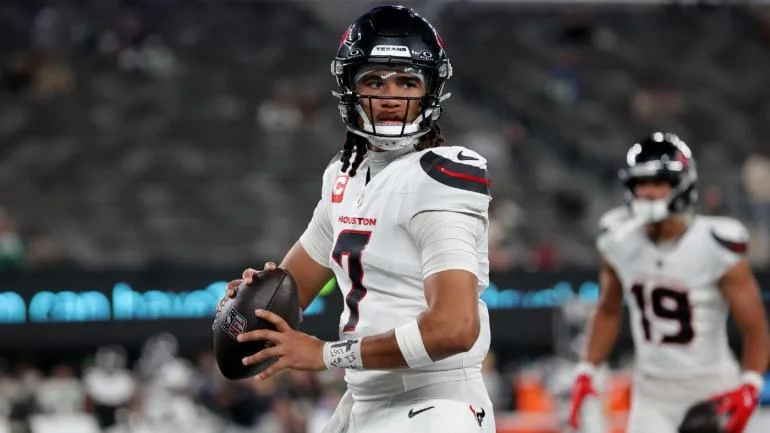What’s old may be new again!
I have been involved in martial arts and combat sports almost my entire life.
I have seen trends come and go like fad diets.
Different styles and different approaches to training curry favor and are quickly abandoned. Interestingly boxing is the most reductive of all combat sports. All participants wear gloves on each hand and attempt to hit their opponent while simultaneously doing their level best to avoid being hit themselves. The simplicity of the exercise belies significant nuance, after all if you know what’s coming how can you be surprised?
That nuance and subtle complexity of the sport of boxing is encapsulated by ‘The Philly Shell.’ An old-school defensive concept that is easily misunderstood and mischaracterized.
That ends now.
The Origin Story
Oddly enough we can thank EA Sports Fight Night for essentially coining the term ‘The Philly Shell.” It is a variation on one of the most basic and oldest guards in boxing called the ‘Crab Style’ where the boxer essentially folds their arms bent at the elbows in front of their head/face to block and deflect punches. There really is no single creator of anything in boxing so to speak but it was the great Tommy Ryan who laid the foundation by understanding the importance of the ‘center-line. ‘Born in Redwood New York on March 31, 1870. Notoriously brutal on sparring partners he was World Welterweight and World Middleweight champion. He had 109 fights, 90 wins (70 by KO), only 6 losses and 11 draws.
He was well known for fighting out of a crouch, his head back and off center offering excellent counter punching angles with the leverage needed to deliver blows with concussive force. History remembers him as an all-time great boxer-puncher.
Pictured here you see his bladed stance, 60-70% of his weight on his back leg making the crouch and crab style easy to enter in as the opponent throws his punches Ryan would be well balanced, ready to transfer his weight off the back leg to deliver a blow. Notice too his head off the center line and the lead left shoulder raised toward his chin (more on the center line in a moment).
Center Line Theory
Observe, the drawing to the right. A simple illustration of a forward-facing combat stance. Variations of this stance are common in many linear striking arts, this one happens to be Wing Tsun, a Chinese martial art based off some basic principles from Kung Fu and relies heavily on understanding and controlling the center-line, that is an imaginary line that extends from the front of your opponent’s head to the front of yours. Anything that crosses that center line is a target.
Of course, modern boxers don’t stand like that, they ‘blade off’ establishing what’s known as the ‘toe-heel-line’ another imaginary line extending from the heel of your lead foot to the big toe of your trailing foot (for the ease of explanation we will assume all further description will relate to the orthodox, or left foot forward fighting stance) pictured here featuring David Haye.
The Philly Shell differs from both stances significantly and in the modern era The Shell is viewed as a defensive posture, however as previously mentioned offers excellent counter punching opportunities.
The practitioner of The Shell will ‘blade off’ at a more extreme angle, so their opponent cannot see their chest, the left shoulder will roll up to the chin and the chin tucks behind it. The left glove crosses in front of the body between navel and sternum and the right glove is kept tight to the side of the head. Crucially more weight is put on the right foot allowing the boxer in The Shell to Roll their upper body more easily and as a natural effect of putting slightly more weight on the right foot this posture draws the head away and to the right from your opponent a bit more giving the boxer a chance to see the punch coming perhaps a split second quicker. Therefore, the vital striking areas are shielded and the head is off the centerline, as pictured here with Floyd Mayweather Jr.
Refinement
The crab style was used with great success by the one and only Archie Moore. “The Old Mongoose” was born in Benoit, Mississippi on December 13, 1916 in the stifling heat of the Jim Crow south and rose to be boxings most prolific knockout artist still to this day. Moore used two types of guards, when in range he flowed seamlessly from the Crab to stacked two arm defense. He was particularly adept at slipping inside his opponent’s punches deflecting them off shoulders which he ‘rolled’ often countering with his right cross which is still the most potent counterpunching weapon for the boxer who employs the Philly Shell and it could be said that it was Moore who was the first to refine the ‘shoulder-roll’ portion of this defensive approach very recognizable today.
Moore fought an incredible 220 bouts. Won 186 of them and KO’d 132 of those opponents, a record it would seem never to be broken! His career spanned nearly three decades and saw him fight three generations of the greatest boxers to ever live, men like Ezzard Charles, Floyd Patterson, Rocky Marciano, Yvon Durelle and “The Greatest” Muhamad Ali, that kind of success and longevity can only be purchased in boxing with superb defense.
Then along comes a boxing genius! A man whose influence is felt to this very day, arguably the greatest trainer to ever live, Mr. Eddie Futch.
Born just about 150 miles southeast as the crow flies from Archie Moore in Hillsboro, Mississippi on August 9th 1911. He moved with his family to Detroit Michigan however in 1916. He played basketball for a time but soon found his calling the boxing ring. He would train at the same gym as the great Joe Louis, the Brewster Recreational Academy and sparred with “The Brown Bomber” often. Unfortunately, a congenital heart defect would prematurely end the career of young Eddie Futch, so he began training boxers.
Among the litany of champions that Futch trained it was fighter ‘Smokin’ Joe Frazier and the strategy crafted against Muhammad Ali for their fight at Madison Square Garden March 8th 1971 that was his master stroke. Futch had taught Frazier a style of perpetual motion mixed with the tight Crab Style that would disrupt Ali’s rhythm and nullify the effectiveness of Ali’s potent jab. If the jab was Ali’s best weapon Futch had discovered the uppercut was his worst – Ali threw a lazy looping upper cut with his right hand that was very telegraphed, Futch believed that Frazier could learn to time that punch and deliver the left hook, coincidentally Frazier’s best punch. It took 15 rounds but Frazier did just that.
Frazier bobbed, weaved and rolled off Ali’s jabs and crosses, those that found their target deflected harmlessly off of Frazier’s Crab guard or his hard head, as Ali tried to box effectively off the back foot Frazier walked Ali down, feeling the pressure Ali thought he had the right answer for his smaller opponent, crouching out of harm’s way with the upper cut, little did Ali know that he had played right in to Futch’s hand, as the looping upper cut came, Frazier avoided and leapt in with a crushing left hook that sent The Greatest down on his back side. Ali got up before the ref had turned around to administer the count but the damage was done, Frazier had cemented his victory and defeated Muhammad Ali.
Frazier and Moore both employed an offensive version of the Crab or Philly Shell.
The beautiful boxing of George Benton would further refine the technique of this guard and employed it in a far more defensive way.
Born at the outset of the Great Depression, George Allen Benton was born May 15th 1933 in Philadelphia, Pennsylvania. Benton was a student of Futch and enjoyed success at middleweight though he never challenged for a title.
Benton made his debut in July of 1949 and faced off against the toughest and biggest punchers of his day. He fought Rubin “Hurricane” Carter, “Bad” Bennie Briscoe and posted wins over Joey Giardello and Jimmy Ellis. It was Benton who is often credited though erroneously with “inventing” the Philly Shell, though this is likely due to Benton’s mastery of the defense, the fluidity of his transition and the overall beauty of his boxing.
Benton fought in all 76 bouts, winning 13 with 1 draw and 37 KOs. His promising career was cut short when a local thug came looking for revenge. Benton’s brother had beaten the man, known as ‘Chinaman’ after he tried to pick up Benton’s sister who refused Chainman’s advances. The embarrassment proved too much to bear and the thug swore revenge, he vowed to kill a member of the Benton family and came upon George who was shot in the back by the would-be assassin. The Bullet remained lodged near Benton’s spine until his death at 78 on September 19th 2011.
Though his fighting career was ended he joined his mentor Eddie Futch along the ring apron coaching one champion after another.
Along Came a “Pretty Boy.”
Floyd “Money” Mayweather is the most polarizing boxer of his generation.
He’s also the best. Yes, the best.
An undisputed and unified champion in two weight divisions he took on and beat the best fighters pound for pound of his generation, many of them easily, a few of them more than once. The pedigree is well known so I will not dwell on it.
From Grand Rapids, Michigan Floyd was born into a boxing family, son of Floyd Sr. and the nephew of Roger themselves former professional boxers. It would seem the genetic predilection would be for Floyd Jr. to become a champion boxer and so it would come to pass.
Through all of Floyd Jr’s 49 victories it was his employment of the Philly shell defense that frustrated and flummoxed his adversaries and protected the champion. Floyd spent his entire career having never once been knocked down in a professional bout by an opponent. He took a knee and a standing eight count after breaking his hand against Carlos Hernandez, many point to a moment in his fight with Zab Judah when Floyd’s glove touched the canvas and should have been ruled a knockdown but in either case those events did not influence the outcome of their respective bouts and Floyd won with relative ease.
Floyd’s understanding of distance and timing is impeccable and is the key to his defense generally and the way he uses the Philly Shell. He is a pure counter puncher, often using The Shell to draw opponents in, his understanding of what his opponent will do based on how The Shell functions is exemplary. His Father and Uncle’s influence and experience has filtered in to this defensive master and has kept his record unblemished.
In the quest for new and better training methods ‘old’ techniques can be forgotten and when they are rediscovered and employed effectively can confuse and confound even veteran fighters.
Generations gone now would likely sneer at the protein shaking, the tire flipping, the heart rate monitoring and much of the rest of it. Ol’ Futch would likely cuff you on the head and tell you to get your ass in the ring and get to work sparring and drilling.
The sensitivity and skill required to make techniques like The Philly Shell effective cannot be honed by any other means besides rigorous training and a pathological obsession with perfection. Perhaps that’s why a boxer in the modern era like Floyd “Money” Mayweather was so successful. He took a page from the Old Masters and learned that if you want to become a Great Boxer the best way to do so is to Box.




